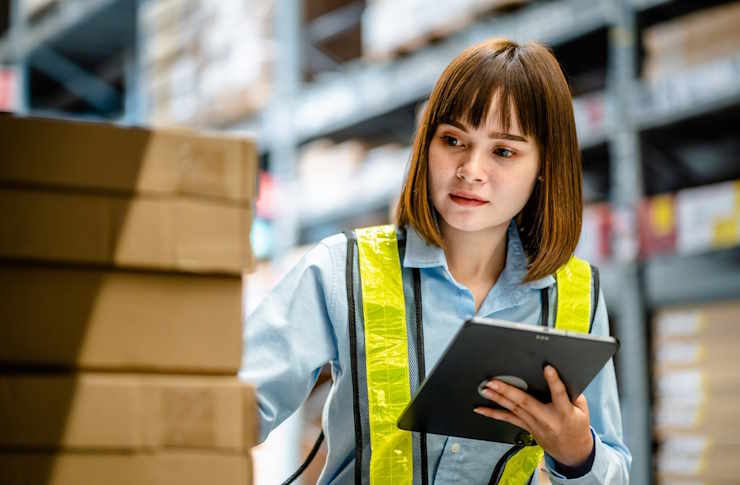Reverse Logistics: Turning Returns into Revenue
Optimizing product returns and recapturing value from discarded goods has become a critical focus for forward-thinking businesses. This article explores the strategic importance of reverse logistics, examining how companies can transform a traditionally costly process into a source of competitive advantage and increased profitability.

The Evolution of Reverse Logistics
Historically, product returns were viewed as a necessary evil—a cost center that eroded profits and complicated operations. However, as e-commerce has exploded and consumer expectations have shifted, savvy businesses have recognized the potential of reverse logistics to drive customer loyalty and create new revenue streams.
The rise of online shopping has dramatically increased return rates, with some sectors experiencing return rates as high as 30%. This surge has forced companies to reevaluate their approach to handling returns, leading to innovations in technology, processes, and business models designed to streamline reverse logistics operations.
The Strategic Value of Efficient Returns Management
Effective reverse logistics strategies offer multiple benefits beyond simply managing returns. By implementing robust systems for handling, processing, and repurposing returned items, companies can:
-
Enhance customer satisfaction and loyalty
-
Recover value from returned or excess inventory
-
Gain valuable insights into product performance and customer preferences
-
Reduce waste and improve sustainability metrics
-
Create new revenue streams through refurbishment and resale
Forward-thinking organizations are leveraging these advantages to turn their reverse logistics operations into profit centers, rather than cost sinks.
Technology-Driven Solutions for Streamlined Returns
Advancements in technology have revolutionized the way companies approach reverse logistics. From AI-powered chatbots that guide customers through the return process to sophisticated inventory management systems that track and route returned items, technology is playing a crucial role in optimizing reverse logistics operations.
Blockchain technology, in particular, is showing promise in enhancing transparency and traceability in reverse supply chains. By creating an immutable record of a product’s journey, blockchain can help companies quickly identify the source of defects, reduce fraud, and improve the efficiency of recalls.
The Circular Economy and Reverse Logistics
The growing emphasis on sustainability and circular economy principles has further elevated the importance of reverse logistics. By designing products for easy disassembly and reuse, and implementing efficient systems for collecting and processing used goods, companies can reduce their environmental impact while tapping into new sources of value.
Leading manufacturers are already embracing this approach, creating closed-loop systems where materials from end-of-life products are recovered and reintegrated into new production cycles. This not only reduces waste and resource consumption but also insulates companies from supply chain disruptions and volatile raw material prices.
Challenges and Opportunities in Reverse Logistics
While the potential benefits of optimized reverse logistics are clear, implementing effective strategies is not without challenges. Companies must navigate complex regulatory environments, manage the unpredictability of return volumes and conditions, and balance the costs of reverse logistics operations against potential returns.
However, those that successfully overcome these hurdles stand to gain significant competitive advantages. By viewing returns as an opportunity rather than a burden, businesses can unlock new sources of value, enhance customer relationships, and position themselves as leaders in the circular economy.
Key Strategies for Maximizing Reverse Logistics Value
• Implement robust data analytics to predict return patterns and optimize inventory management
• Design products with end-of-life considerations in mind to facilitate easier recycling and refurbishment
• Leverage automation and AI to streamline return processing and routing
• Partner with specialized reverse logistics providers to access expertise and economies of scale
• Develop secondary markets for refurbished or repurposed goods to capture additional value
In conclusion, reverse logistics represents a pivotal frontier in modern business operations. By reimagining the returns process as a strategic asset rather than a necessary evil, companies can transform a traditional pain point into a source of competitive advantage. As consumer expectations continue to evolve and sustainability concerns mount, mastering reverse logistics will become increasingly critical for businesses seeking to thrive in the circular economy of the future.





